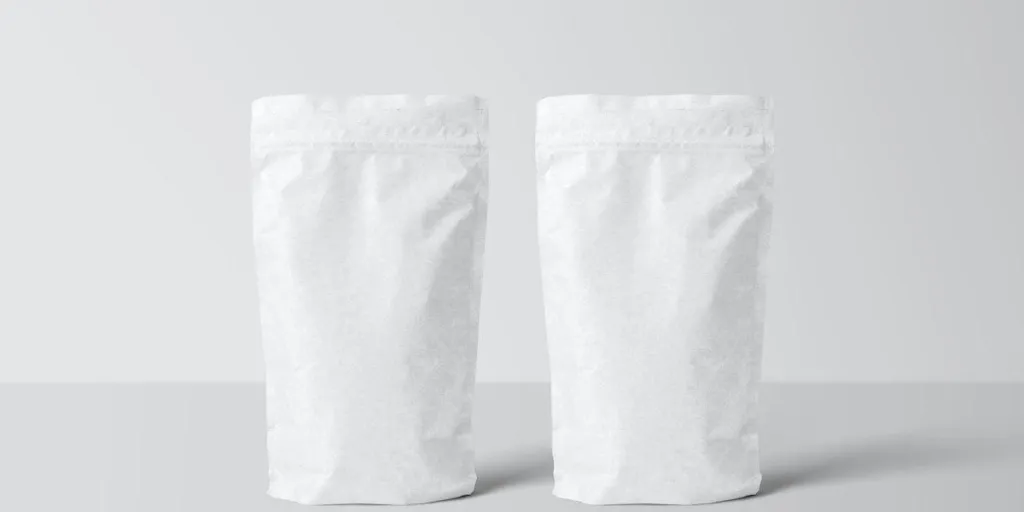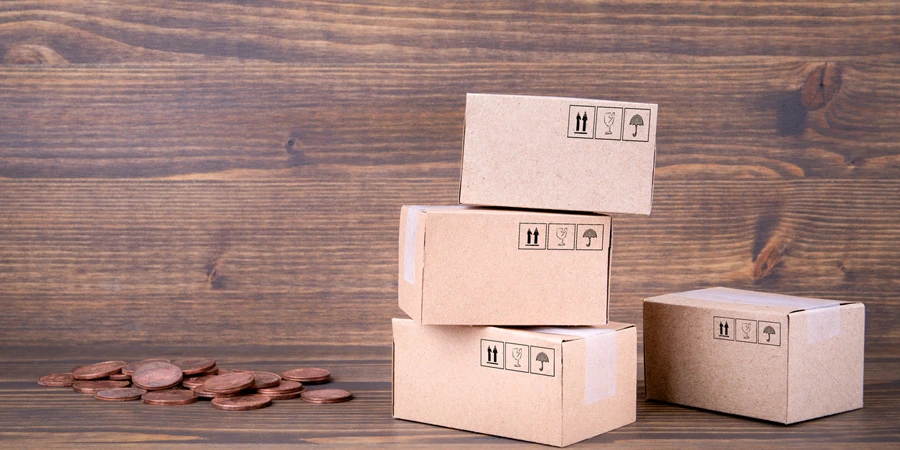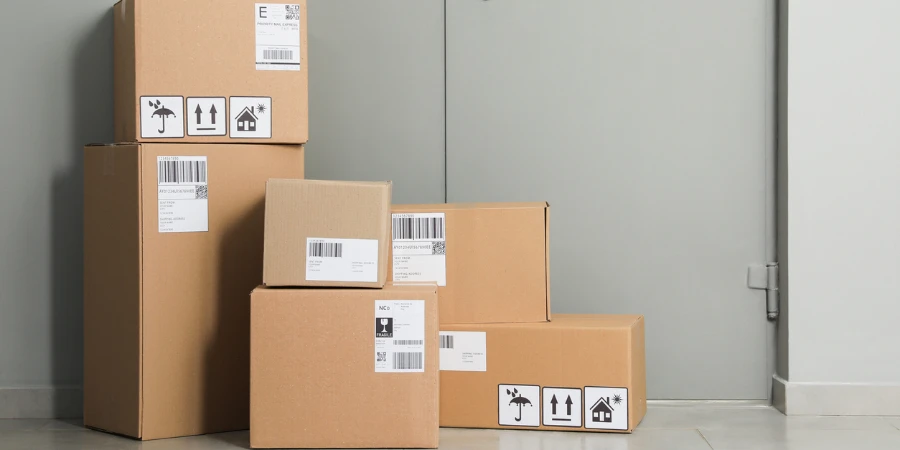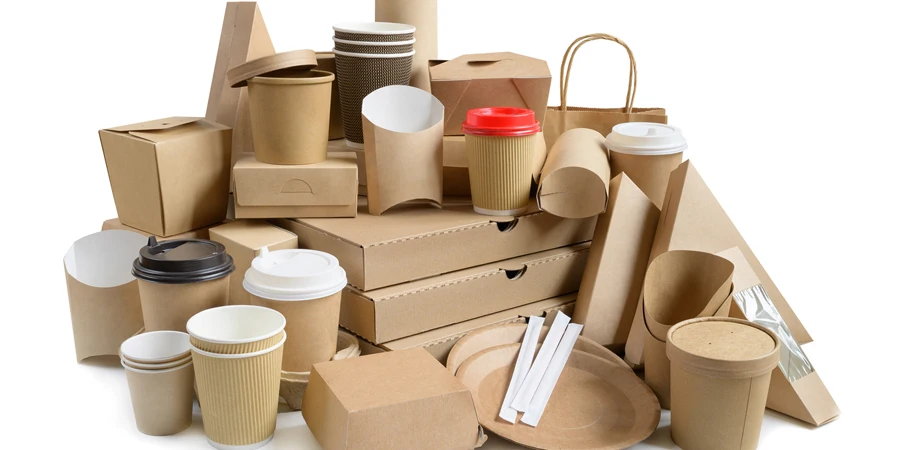Sustainability is the top priority for packaging as brands seek to reduce waste and emissions. Key trends include eliminating excess packaging, lowering carbon footprints, avoiding forever materials like plastics, increasing paper-based options, and enabling reuse and refill models. These moves towards more eco-friendly packaging across the full product lifecycle will help future-proof businesses relying on packaging. Companies that integrate these trends will appeal to environmentally-conscious consumers and be well positioned as more sustainable options expand.
Table of Contents
Less is more: Rightsizing and reducing packaging
Net zero emissions become normalized
Moving away from forever waste materials
Paper-based packaging takes center stage
Reusable and refillable packaging goes mainstream
Final takeaways
Less is more: Rightsizing and reducing packaging
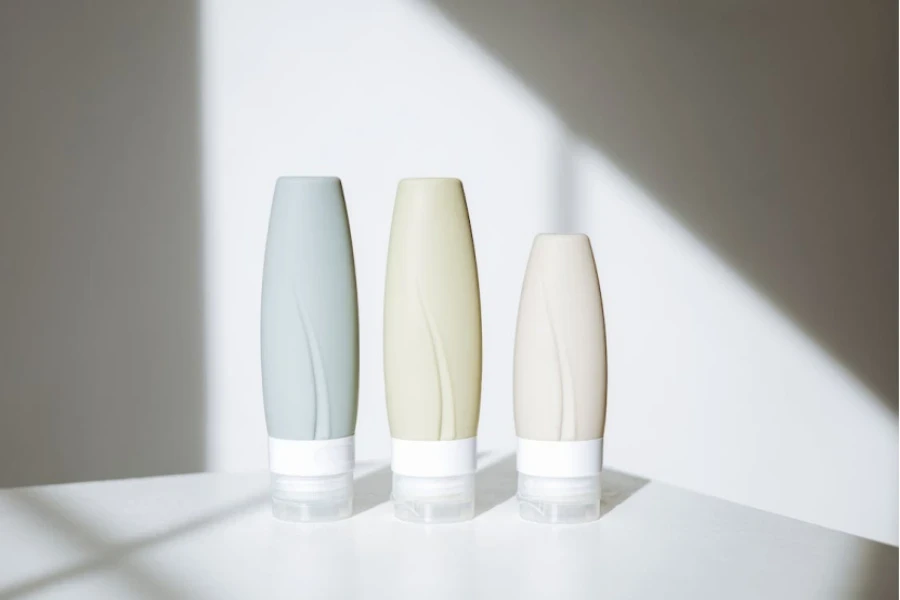
One of the most impactful ways companies can reduce their environmental footprint is to cut down on unnecessary packaging. This year will see a major emphasis on rightsizing, lightweighting, and eliminating any excessive elements.
Brands like Plink! have developed innovative waterless product formulas that allow them to use minimal packaging. Their compact, lightweight bottles help lower emissions from shipping and transportation. Similarly, Smol’s optimized packaging fits through standard mail slots, leveraging existing postal networks to reduce associated CO2 outputs.
Korea Crystal takes lightweighting even further by embossing their logo and branding directly onto water bottles rather than using labels. This subtracts an entire component while still allowing full recyclability.
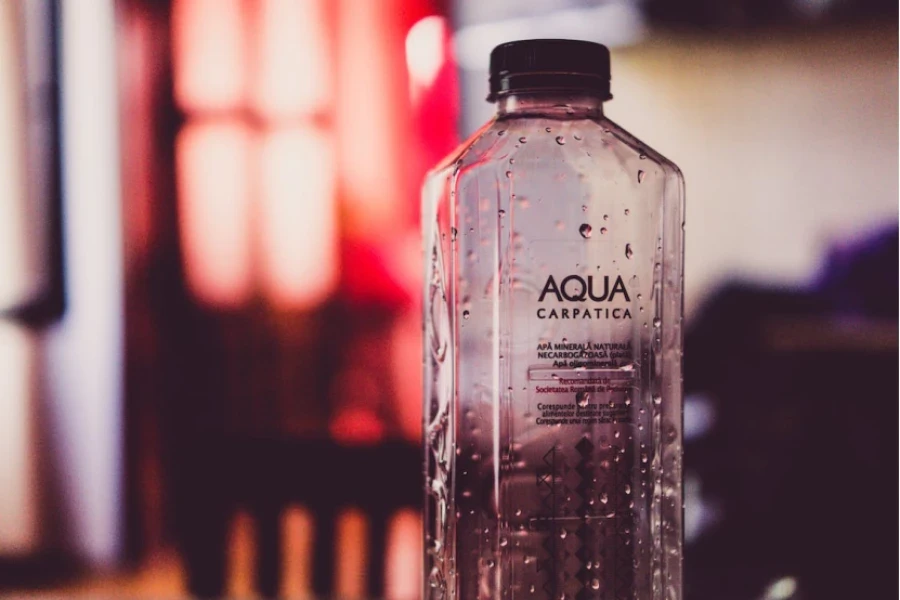
There are many ways companies can put “less is more” into practice. Exploring concentrated or waterless versions of products can enable much smaller, lighter packaging. Branding can potentially be applied through techniques like etching to avoid separate stickers or sleeves. And scrutinizing each individual element to see if it can be eliminated or downsized can go a long way towards significant reductions. The rise of e-commerce has heightened these opportunities. Optimizing packaging to ship efficiently as a letter or lightweight parcel can slash impacts from delivery.
As the new year progresses, expect leading businesses to undertake bold rightsizing and lightweighting efforts. Any company that effectively eliminates excess will be well positioned to appeal to eco-conscious consumers.
Net zero emissions become normalized
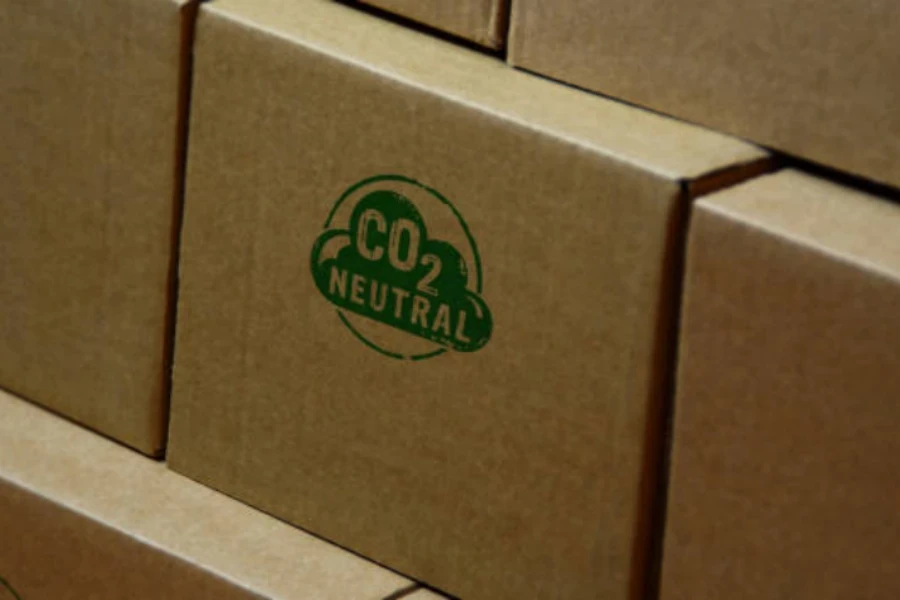
Reducing carbon emissions will be another top focus within the packaging industry. Many brands have set ambitious net zero targets, and packaging manufacturing will be a key area to address.
Companies like Absolut are collaborating with packaging producers to implement renewable energy sources that lower emissions. They are working with Ardagh Group on a furnace transitioning to partial hydrogen power, reducing the carbon footprint of their glass bottles by 20%.
Other firms are maximizing material innovations to cut emissions. Alpla’s ultra-lightweight Canupack bottle uses 100% recycled PET and is created in a carbon-neutral facility to reduce the overall footprint by 71%. And Bio-Lutions has developed a fiber-based material with up to 80% less embedded CO2 compared to plastic or metal alternatives.
Businesses seeking progress towards net zero packaging will need to scrutinize their supply chains and material choices. Collaborating with manufacturers leveraging renewable energy presents a promising path to drive down emissions. Optimizing product-to-package ratios, lightweighting, and utilizing low-impact materials also offer impactful options.
This year will likely see emissions benchmarks normalized across the packaging industry. Any company not proactively addressing their carbon footprint risks falling behind sustainability expectations from consumers and regulators alike.
Moving away from forever waste materials
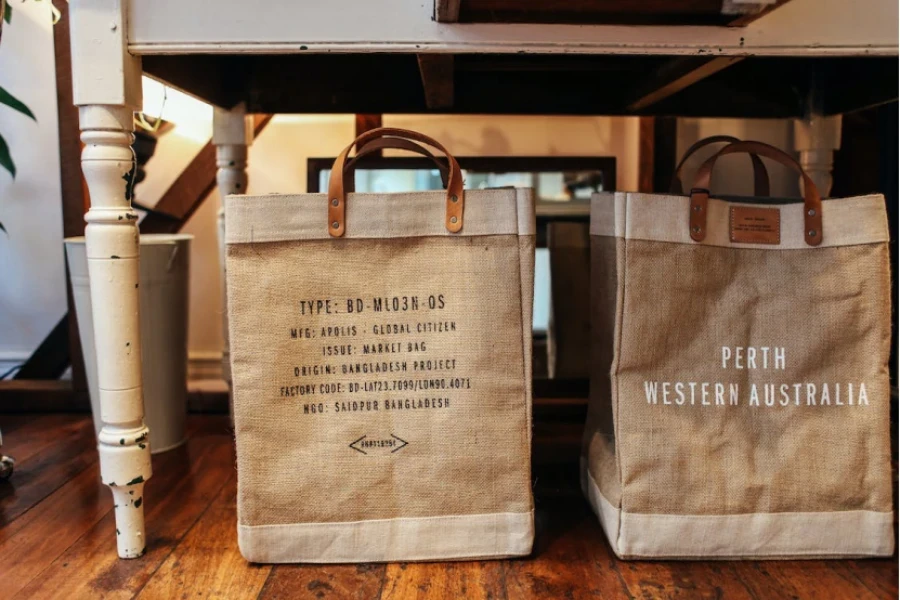
Plastic packaging waste is a massive environmental issue, with the majority ending up in landfills or polluting the natural world. Brands will accelerate moves away from forever waste materials like conventional plastics towards more sustainable options.
Some companies are innovating bioplastics that decompose quickly, even in landfill conditions. HoldOn uses a bio-based polymer in their trash bags that breaks down in just weeks without toxic residue. Others are eliminating plastics entirely in favor of organic materials like mycelium, hemp, and grass.
For example, Life Elements uses mushroom mycelium and hemp packaging that naturally biodegrades and reduces emissions by 90% compared to plastic. And Vietnamese startup The Mug has crafted compostable packaging from recycled paper and grass fibers.
The modular design system used by brands like Sony also presents new alternatives to plastics. Their blocks snap together in different configurations without adhesives, allowing easy disassembly for recycling or composting.
Expect leading companies to rethink packaging formats and materials that linger indefinitely as waste. Unique bioplastics, organic materials, and modularity will enable more cycles of use before biodegrading harmlessly. And consumers will reward brands visibly avoiding polluting forever materials.
Paper-based packaging takes center stage

Paper and other fiber-based packaging will shine as an eco-friendly alternative to many conventional plastics. Paper is renewable, recyclable, and biodegrades quickly. Brands across industries will accelerate adoption to reduce environmental impacts.
Food and beverage companies are leading the shift. Tim Hortons is trialing paper-based lids to replace plastic, meeting new single-use regulations. Heinz has introduced paper ketchup bottles made from wood pulp that are recyclable and reduce emissions.
New material applications are also broadening possibilities for paper. PulPac offers a fully paper-based and recyclable blister pack to replace non-recyclable plastic versions. And Montblanc’s paper bottle protects against water while remaining lightweight.
Cosmetics and consumer goods brands like Lush and Ace Hardware are also swapping plastic components for paper. And Velux leverages wood fiber for up to 90% of its window packaging, eliminating 900 tons of plastic annually.
The versatility and cost-effectiveness of paper makes it an easy material for companies to adopt immediately. And its lower carbon footprint and biodegradability offer sustainability advantages over incumbent options. This year will see leading businesses across industries maximize paper packaging to appeal to eco-conscious consumers.
Reusable and refillable packaging goes mainstream
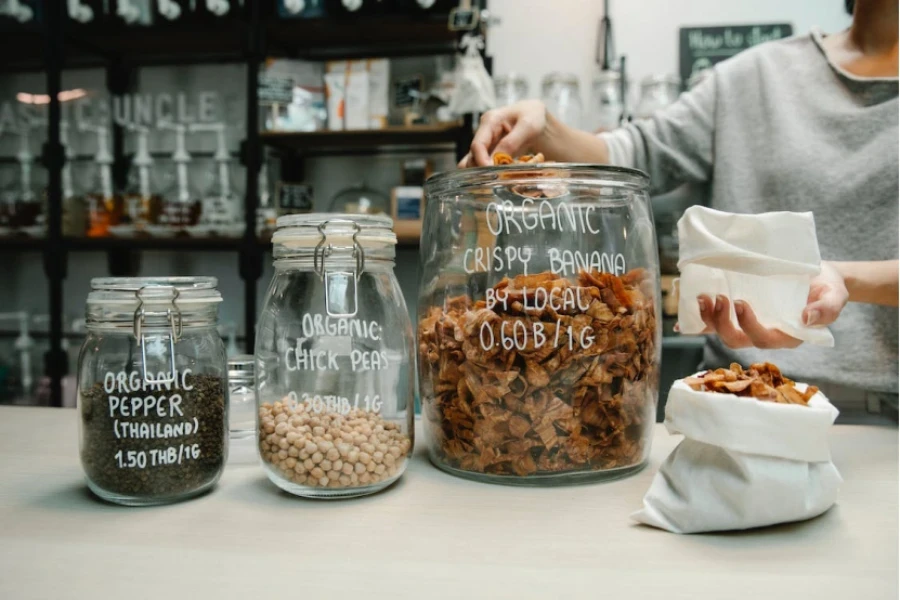
Reusable and refillable packaging models will hit the mainstream, transitioning from niche to normal. This shift supports a circular economy approach that eliminates waste by retaining materials in use.
For consumer products, brands like HUF are providing durable permanent containers designed to be refilled at home. Customers purchase sustainable forever packaging once, then can reuse it by buying refill pouches. This drives loyalty while minimizing waste.
Food businesses are rolling out reusable packaging for delivery and takeout. Systems like InfinityBox and CupClub allow customers to pay a deposit, receive their order in reusable containers, then return them later for reuse.
E-commerce is also expanding reusable mailers and boxes. For example, Boox provides customers with a reusable plastic envelope to keep. It then ships purchases in paper padding that can be composted.
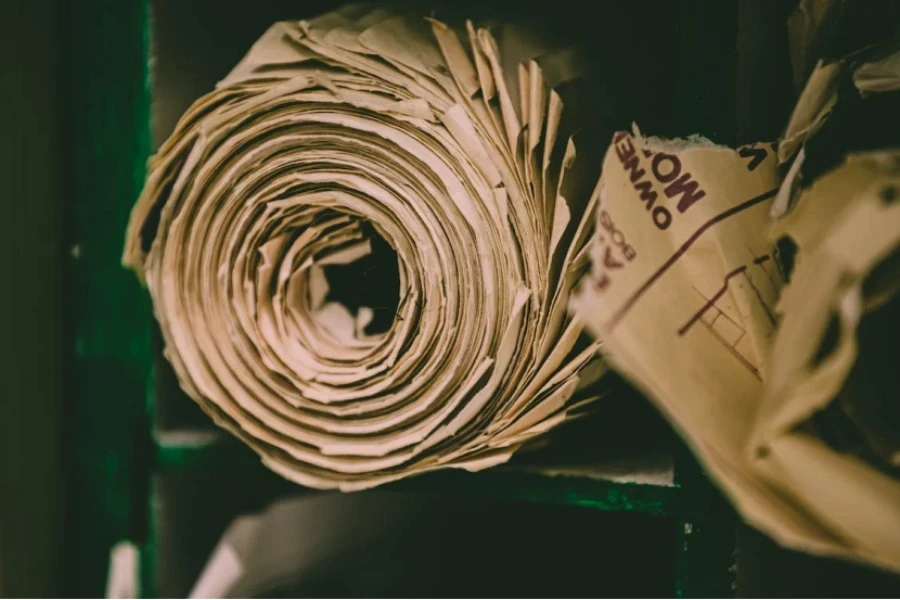
Enabling reuse and refilling aligns business objectives with environmental aims. Consumers increasingly demand and reward low-waste solutions. And reusable packaging fosters customer retention and satisfaction. This year will see these models go mainstream as businesses across industries realize their benefits.
Final takeaways
The packaging industry is embracing more sustainable solutions in response to growing environmental concerns. The trends of reducing excess, lowering emissions, avoiding forever materials, adopting paper, and enabling reuse and refill will come to the forefront. Companies that integrate these principles across procurement, design, and manufacturing will future-proof their business for the eco-conscious consumer. They will also lead the industry towards a lighter footprint and contribute to important progress on global waste and climate challenges.


